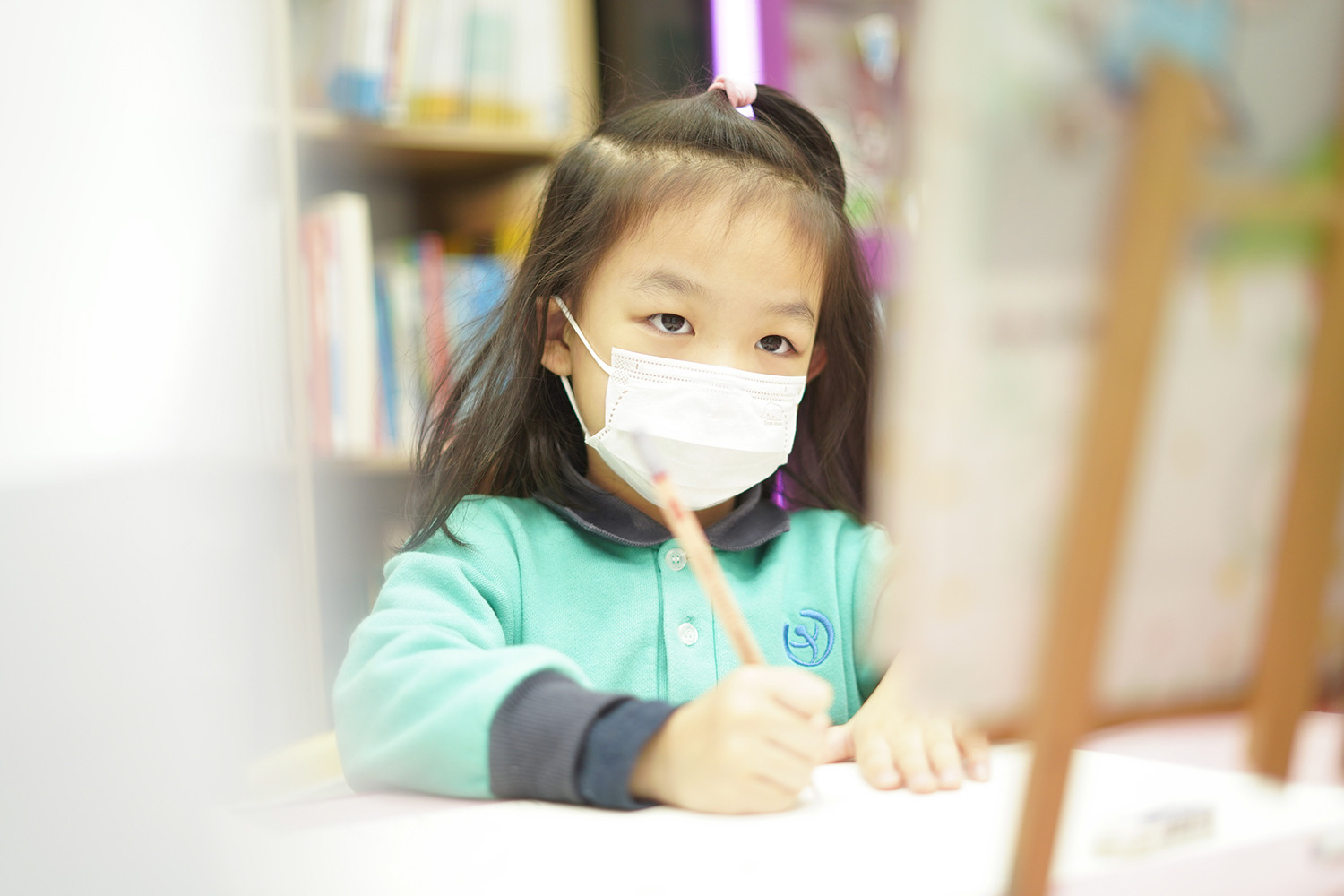

Have you ever thought about painting freely on the terrace while feeling the sunshine and breeze? Have you ever thought that there is a studio like this in Sham Shui Po? No need to fantasize, go to the movies now! About 6 months ago, artist Michael opened an art studio "Afternoon Artroom" in Sham Shui Po. It occupies an area of about 300 square feet. The space is small, but the layout is quite beautiful. The furniture has been carefully selected and many colors are placed in many corners. Among the colorful paintings, the most worth mentioning is the connected terrace. It is quite freehand to sit here, look at the street and paint. The place provides free painting activities, with a class of 2 people, including drawing boards, painting tools, paints, etc. The minimum charge is $90 for 4 hours. Are you afraid that your painting will not look good? It doesn't matter, Michael will teach you from the first step so that beginners can experience the fun of painting more. The venue also welcomes everyone to book the venue. The price is $2,000 for 10 people, which can be used for 6 hours. It includes any size picture frame, but food and drinks are not included. There are refrigerators, microwaves, etc. everyone is welcome to use. However, everyone has to handle the cleaning work afterwards. Let's hear the person in charge, Michael, share his reasons for opening a studio. He said: "I graduated from the Department of Art, majoring in painting. The main purpose of establishing this studio is to allow beginners to truly experience how people who don't know how to paint can learn how to paint even if they use free painting through 4 hours of small class teaching. to your own work.”